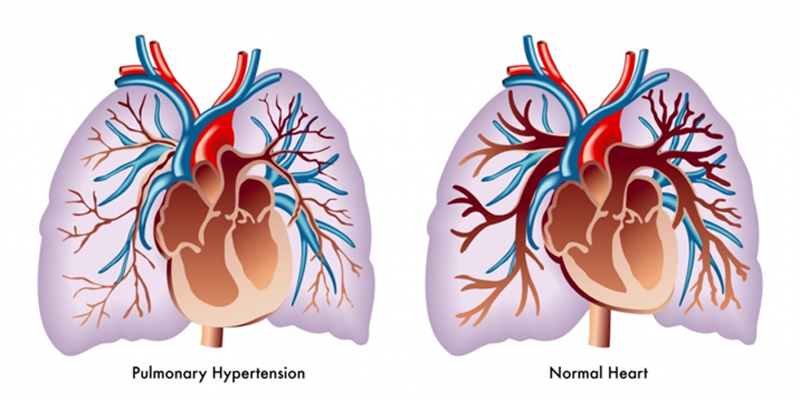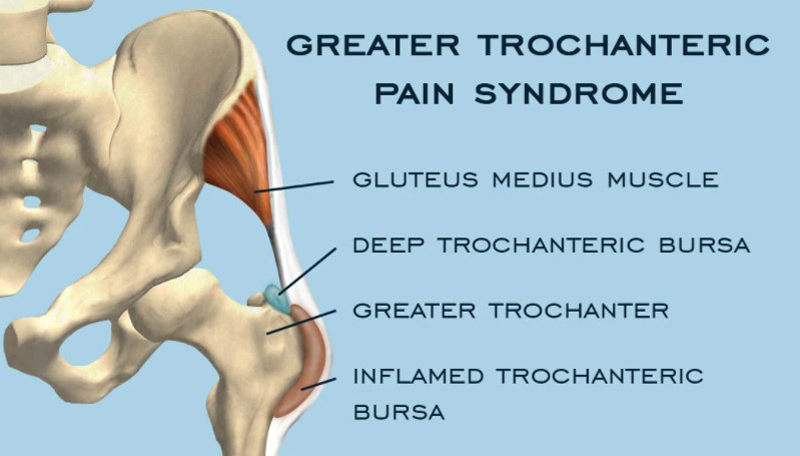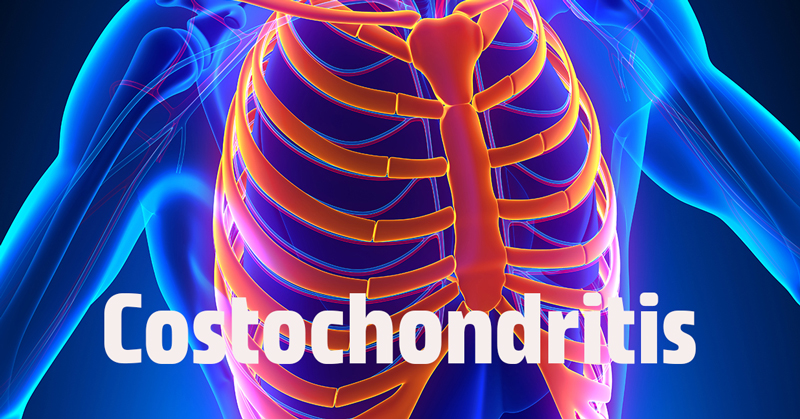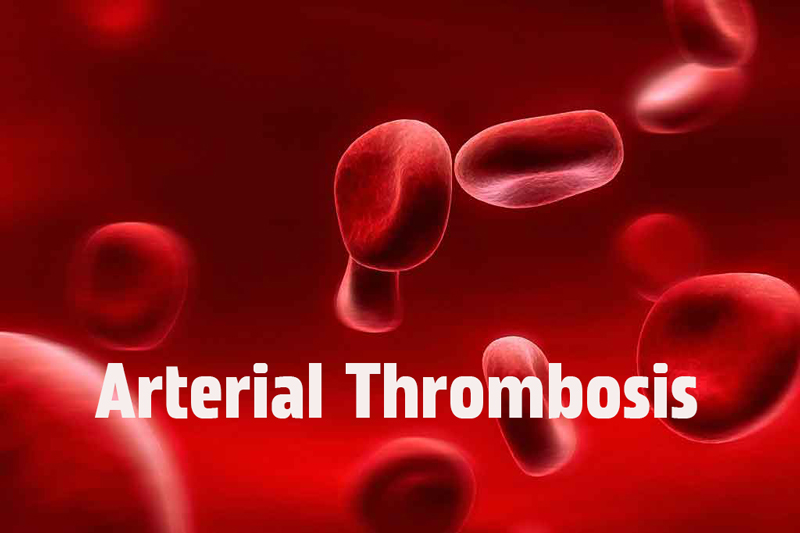Carcinoid Syndrome - Symptoms and Treatment
Sept. 13, 2023 #Cancer
Understanding Carcinoid Syndrome
Carcinoid syndrome occurs when a carcinoid tumor releases chemicals into the blood. This is a type of neuroendocrine tumor that mostly occurs in the gastrointestinal tract or lungs. These tumors are at an advanced stage. The carcinoid syndrome is treated by treating the underlying cancer.
The primary cause of carcinoid syndrome is the presence of these tumors. When the tumors release chemicals like serotonin and other hormones into the bloodstream, they can cause a set of symptoms known as carcinoid syndrome.
Symptoms of Carcinoid Syndrome
The symptoms of carcinoid syndrome can vary in severity depending on the size and location of the carcinoid tumors. Common symptoms include:
- Flushing: Sudden and intense redness or warmth of the skin, especially on the face and neck. Flushing episodes can be triggered by factors like stress, certain foods, alcohol, or physical activity.
- Diarrhea: Frequent, watery stools accompanied by abdominal cramping and urgency.
- Wheezing: High-pitched whistling sound when breathing, usually seen when the tumors are in the lungs.
- Heart palpitations: Racing or irregular heartbeat, often accompanied by anxiety or shortness of breath. Seek medical attention for persistent or severe palpitations.
- Less common symptoms include heart failure, vomiting, and bronchoconstriction.
It's important to note that not everyone with carcinoid tumors will develop carcinoid syndrome. Some may have tumors that do not produce significant hormone levels, resulting in no symptoms. Others may experience mild symptoms that are easily managed.
Treatment Options for Carcinoid Syndrome
Treatment for carcinoid syndrome aims to control symptoms, slow tumor growth, and improve quality of life. The specific approach depends on factors like tumor location, size, and hormone release. Treatment options include:
- Surgery: Removing localized tumors can alleviate symptoms and prevent further hormone release. However, surgery may not be feasible if tumors are large or have spread to nearby organs.
- Medications: Somatostatin analogs, antidiarrheals, and anti-anxiety drugs are used to manage symptoms. Somatostatin analogs inhibit hormone release from tumors, reducing flushing and diarrhea.
- Targeted Therapies: Drugs that target tumor growth and hormone production, like tyrosine kinase inhibitors and mTOR inhibitors.
Developing a personalized treatment plan often involves a multidisciplinary approach, with input from oncologists, surgeons, and other healthcare professionals.
Lifestyle modifications, such as dietary changes, stress management, and regular exercise, can also help manage carcinoid syndrome symptoms.
Carcinoid Tumors and Neuroendocrine Tumors
Carcinoid tumors are a type of neuroendocrine tumor that originates in cells of the neuroendocrine system. They can be found in various body parts, including the digestive tract, lungs, pancreas, and other organs.
Neuroendocrine tumors, including carcinoid tumors, share common features like similar histological appearance and production of biogenic amines and polypeptide hormones. These tumors arise from cells of the endocrine and nervous systems.
Carcinoid tumors typically have a slow growth rate compared to most malignant tumors, but they can metastasize to other body parts. Metastatic carcinoid tumors in the liver often indicate the disease originated from a primary carcinoid tumor elsewhere.
Diagnosing and treating carcinoid and neuroendocrine tumors requires a multidisciplinary approach considering factors like tumor location, size, stage, and overall health.
Treatment options may involve treatment of the underlying cancer, such as targeted therapies, surgery, and symptom control medications to slow tumor growth, alleviate symptoms, and improve quality of life.
It is important to understand that there are many symptoms that overlap with other syndromes. Doctors can utilize their experience and take the right steps to conduct a proper investigation and diagnosis, and adopt the correct treatment for carcinoid syndrome.









COMMENTS